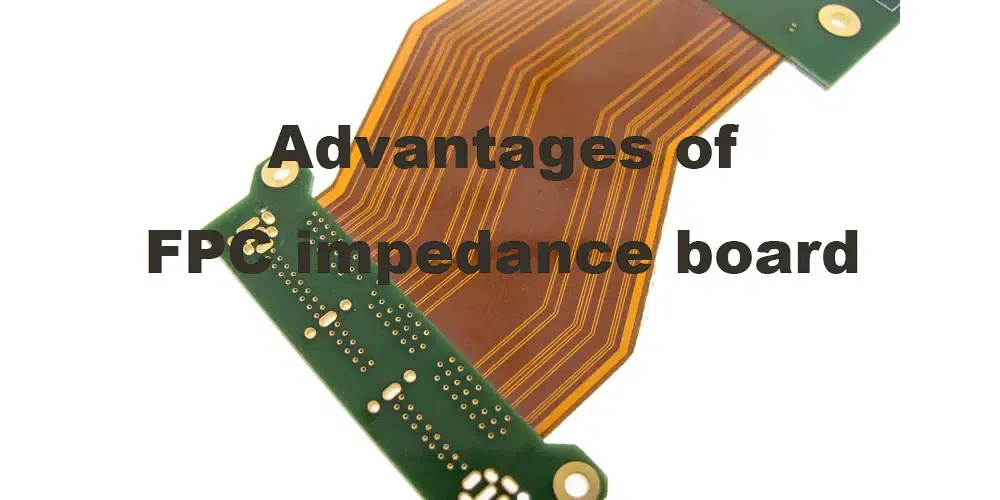FPC impedance board is a light, thin flexible printed circuit board and compared with traditional rigid boards, it can better adapt to complex three-dimensional curved surface structures.
Impedance board refers to a board in which the characteristic impedance value of the signal transmission current on the circuit board remains unchanged within the length of the unit.
Impedance board can solve problems such as signal distortion and electromagnetic compatibility in high-speed circuits. It is often used in data communications and network communications. and other fields. Next, this article will elaborate on the FPC impedance board from four aspects.
Advantages of FPC impedance board
1、Light weight, bendable, can be folded, rotated and bundled at will;
2、Linear without welds, which can reduce parasitic capacitance;
3、Excellent overall performance in high frequency range;
4、It is easy to interface with various devices in a wide range of applications, and is widely used in flexible displays, flexible circuit boards, etc.
5、The impedance board meets noise considerations, and the design and wiring of the impedance board also need to reduce electromagnetic noise as much as possible.

Tip for FPC impedance board design
1. Line width control.
The line width and line spacing of the FPC impedance board can have a great impact on the control of the impedance value. Therefore, designers must reasonably select line width and line spacing based on the actual design conditions to achieve appropriate impedance values.
2、Location of PCB Pad .
By designing reasonable pad positions, the parasitic inductance on the PCB board can be minimized, the impedance value of the board can be reduced, and the final design goal can be achieved.
3、Layers control.
If the number of layers of the FPC impedance board is too many or too few, it may have an adverse effect on the impedance value control. Therefore, designers must strictly control the number of layers on the board in order to achieve the best impedance value control effect.
Frequently asked questions about FPC impedance boards
1、Impedance runaway: Impedance runaway is a critical error. For sensitive equipment, it will collapse in the circuit and cause a lot of loss that is difficult to recover.
2、Wiring: Irregular wiring will lead to deviations in the impedance value, which is also a major problem with FPC impedance boards.
3、Excessive use of differential lines (bidirectional transmission lines) on fpc impedance boards. Although this type of transmission line can reduce delay and crosstalk, excessive use can easily lead to out-of-control impedance.
4、Accuracy suffers: thickness uniformity is poor, or residual material on the surface interferes with the thickness or structure of the copper. This should be noted as an important factor when choosing your manufacturer.

FPC impedance board production process
The production process of FPC impedance board is quite different from that of ordinary rigid board. There are mainly the following points to note:
1、Material selection: FPC impedance board uses polyimide film to create precise impedance value.
2、Etching: circuit etching is crucial in the production process of PCB impedance boards. Traditional hard boards use etching methods to make circuits, but for the production of FPC impedance boards, imprinting is required.
3、Lamination: The lamination of polyimide film is controlled by air flow rather than pressing force. The FPC board is then put into a huge presser and laminated using high temperature and high pressure.
4、Drilling of holes: In the production of FPC impedance boards, drilling is generally not recommended; if drilling is necessary, laser drilling is required.










